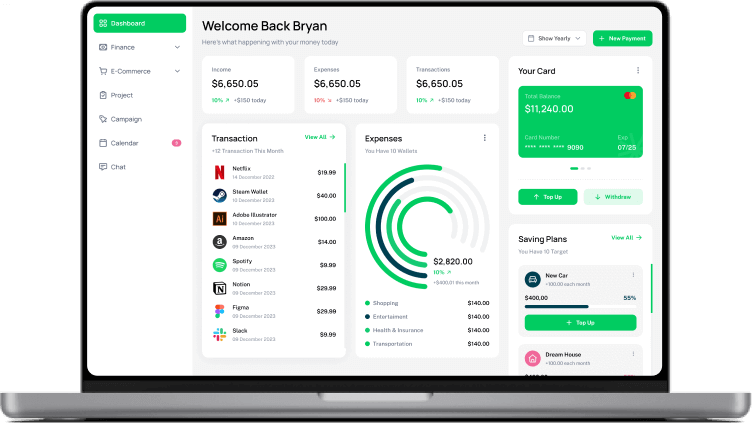Forecasting In Sales
Definition: Forecasting Sales is the estimated amount of a company’s potential sales over a certain period based on historical data or other relevant sales information through analysis and study of market trends. This helps an organization to make appropriate decisions and business plans with regard to budgeting and strategic planning.
Detailed Explanation
Sales forecasting is a critical business function that combines both art and science. By projecting future sales, companies can better manage their inventory, staffing, and marketing strategies to align with expected sales volumes. This forecasting involves analyzing past sales data, considering economic and market trends, and sometimes integrating machine learning models to predict future sales with higher accuracy.
This method includes a number of steps: one starts from the data for past sales and passes through various statistical methods for analysis. Among the major considerations would be the seasonality, current market conditions, and the general economic environment. There are usually different models, since sales cycles would usually be of different natures and of varying lengths of complexity for different companies.
Importance of Sales Forecast
- Strategic Planning: Proper sales forecasts enable businesses to make informed decisions in regard to future strategies, such as entering a new market or changing product lines.
- Resource Management: Future sales prediction enables organizations to maintain ideal inventory levels, modify the availability of resources, and control supply chain operations in a manner that most productively meets the demand of the customers.
- Budgeting: Forecasting is instrumental for budget preparation to allow better financial management, avoiding the pitfalls of over or under-investments in the different business areas.
- Risk Management: Potential sales volumes help businesses prepare for different market scenarios and take appropriate measures against market risks.
Techniques Used in Sales Forecasting
- Qualitative Techniques: These are the predictions when no historical data exists and involve the use of expert judgment and market research, which is common in new markets or for new products.
- Time Series Analysis: A statistical method in which historical sales data are used to identify patterns and forecast the future sales based on trends, seasonality, and cycles.
- Causal Models: These models evaluate a cause-effect relationship between various factors, which can be marketing spend, economic indicators, and sales performance.
- Machine Learning Models: Advanced predictive models that learn from historical data to improve the accuracy of sales forecasting over time.
Real-World Examples
The world’s largest e-commerce company uses sales forecasting to manage huge inventory across the entire planet, ensuring that there’s always stock for popular products, most importantly in peak shopping seasons such as Black Friday and Cyber Monday.
An automotive manufacturer will forecast sales to schedule manufacturing and control the flow of parts and materials through the supply chain, lest excess or shortage disrupts operation and eventually leads to financial loss.
- How to Implement an Effective Sales Performance Management System
- Benefits and Best Practices for Sales and Commission Automation
- Effective Sales Quotas: Strategies, Challenges, and Best Practices
- Understanding Demand Forecasting for Accurate Sales Forecast
- Best Practices for Managing Multiple Sales Channels and Territories in SaaS Businesses

